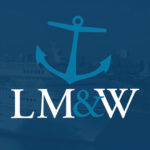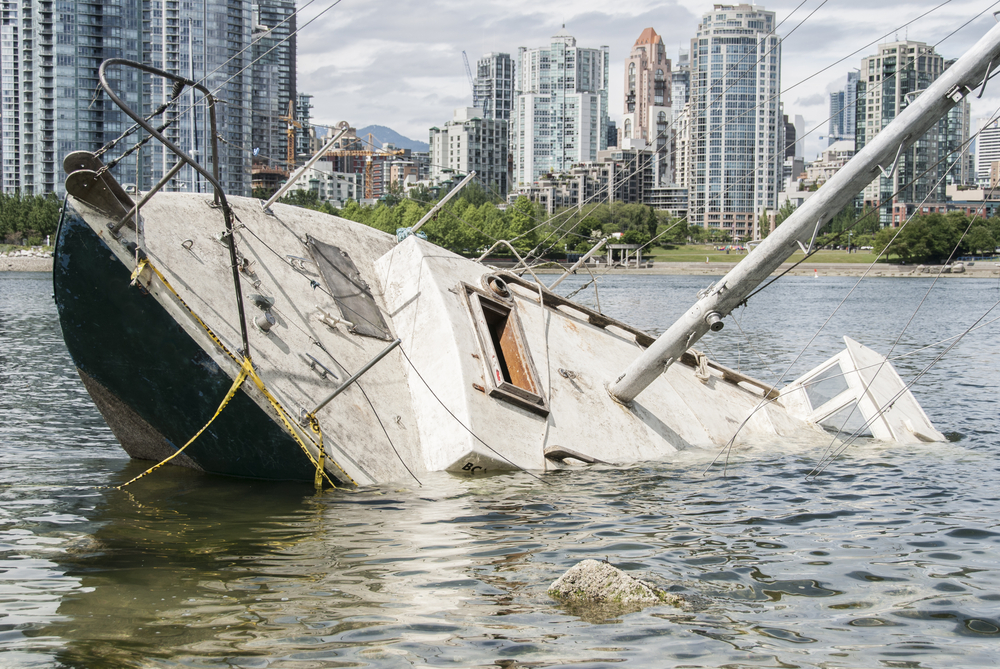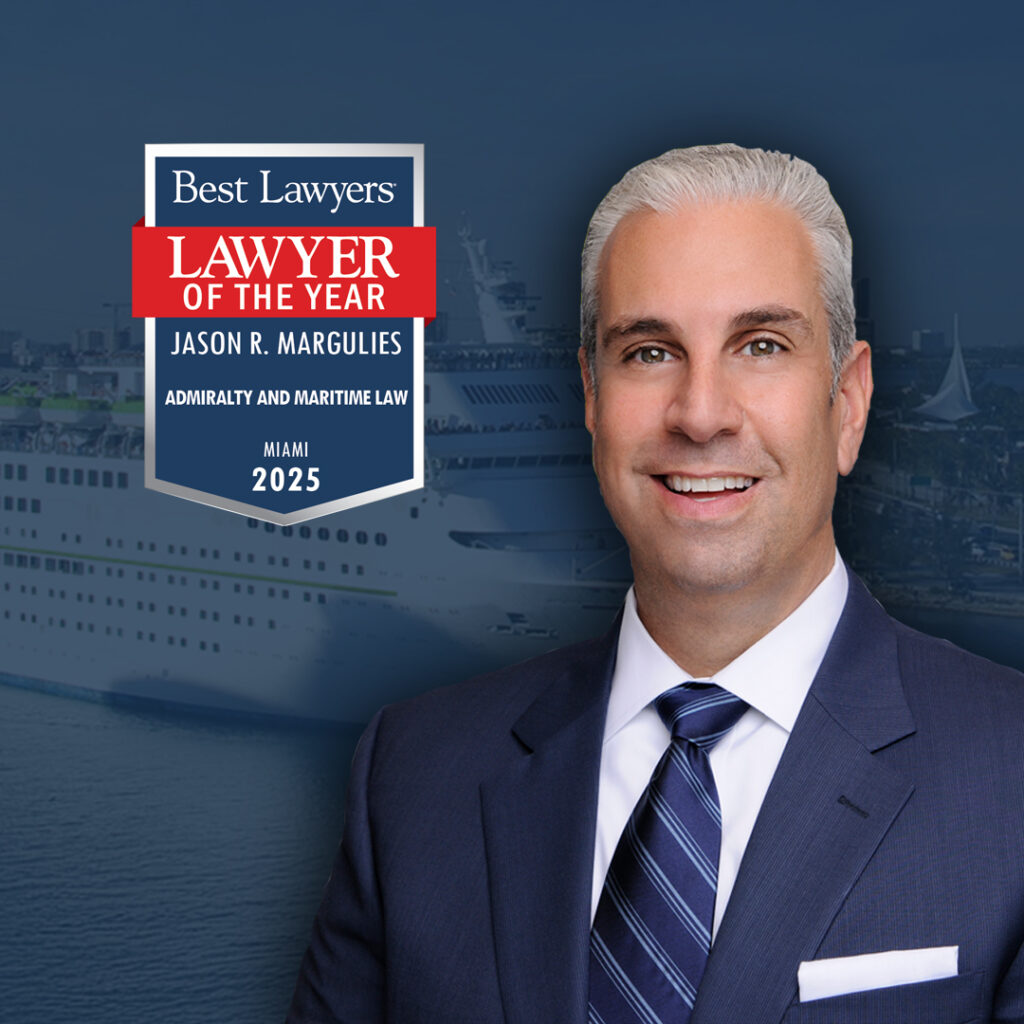After dealing with the aftermath of the Costa Concordia tragedy, one would think cruise lines are doing their best to prioritize passenger safety. Unfortunately, this is not the case. The recent failing scores of not one, but two main cruise ships have led authorities to wonder what exactly is going on behind the scenes on cruise vessels.
Last week, one of the ships belonging to the upscale Holland America fleet, the Veendam, failed a health inspection by the Centers for Disease Control and Prevention (CDC). The 1,350-passenger vessel scored a 77 out of 100, when the minimum passing score is an 86. The CDC conducts unannounced inspections on cruise ships twice a year, and while it is rare to see a ship fail, the Veendam is one of four cruise ships to fail in the past two years, including Royal Caribbean’s Monarch of the Seas and shockingly, Cunard’s Queen Mary 2. A smaller vessel also failed a CDC inspection mid September, the Grand Mariner, a Blount Small Ship Adventures, which offers cruise vacations across the United States and Canada.
Some of the infractions reported by the CDC included dirty dishes and ice cube trays, flies in the pantry, leaks in the water line above a dishwashing machine, contaminated equipment, and several others. Although Holland America described the failed inspection as abominable and vowed to make the necessary changes, there’s no excuse for unsanitary conditions aboard a cruise ship.
Cruise lines are required by maritime law to maintain the reasonable standards of safety for all passengers – and crew – onboard, and this includes making sure no one gets sick because of unsanitary conditions. Any cruise line that calls at an American port is subject to a surprise CDC inspection, so one would think they would prepare for it, but apparently, this is not the case.
The CDC is very strict about health standards, as stipulated in the 267-page Vessel Sanitation Program (VSP) manual, last updated in 2011. The manual goes as far as dictating food safety rules and even regulates diaper changing in children’s facilities. The cruise lines themselves agree to the inspections and even pay for them, based on the ship’s gross registered tonnage. If a ship fails the inspection, not only does it have to correct the problems, but is subject to an additional CDC visit and fees. If the ship were to fail a second time, the CDC can authorize a no-sail order and the cruise line must pay another fee.
What is perhaps most disturbing about these inspections is that some of the health and safety violations were pretty flagrant. Some crewmembers were seen failing to wear hair nets in the kitchen, an obvious violation, yet no one seemed to do anything about it. When a cruise line places the safety of its travelers at risk, it is in direct violation with maritime law and may be held liable for any ensuing injuries or fatalities. Our cruise accident attorneys work hard to help you obtain justice and compensation for the incident.
Having represented victims of cruise ship negligence since 1971, we have the experience and success it takes to defend your rights. Call our admiralty and maritime law firm today to discuss your available options and get started on your case.
Published on October 4, 2012
Categories: Cruise Ship Accidents, Cruise Ship Law
Get Free
Consultation










